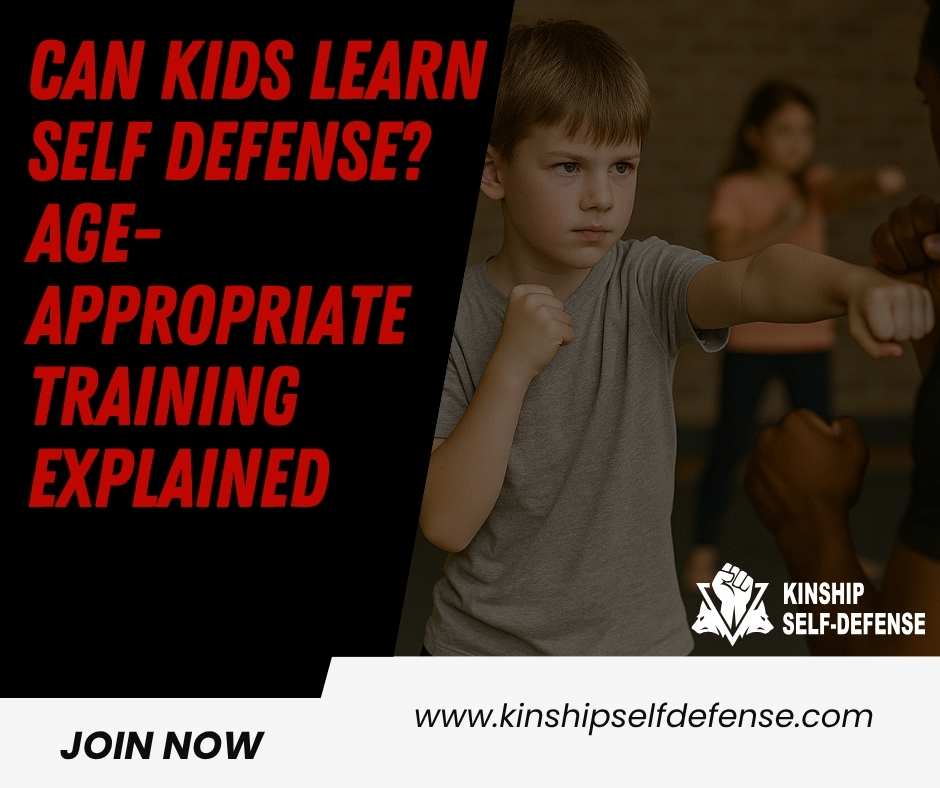Can Kids Learn Self Defense? Age-Appropriate Training Explained
In today’s world, teaching children self-defense is not just about the physical techniques; it’s also about empowering them with the confidence and awareness they need to navigate their surroundings safely. In Montana, South Africa, where community safety is a concern, understanding age-appropriate training methods is crucial.
👉 For a full overview of local programs, see our Complete Guide to Self Defense Classes in Montana.
Why Self Defense Is Important for Kids
With rising concerns about safety in many neighborhoods, including Montana, equipping children with self-defense skills is essential. Self-defense training helps kids learn how to protect themselves from potential threats. It also promotes physical fitness, discipline, and self-confidence.
👉 Related: Empower Your Teen with Self Defense
Age-Appropriate Training
When it comes to self-defense, not all techniques are suitable for every age group. Here’s a breakdown of age-appropriate training methods:
1. Ages 4–7: Introduction to Awareness
-
Focus on Awareness: At this age, children should learn about their surroundings and be aware of potential dangers.
-
Basic Concepts: Teach them the importance of staying close to trusted adults and recognizing safe places.
-
Fun Activities: Use games that promote listening skills and attention, such as “Simon Says” or obstacle courses.
👉 See also: Situational Awareness for Self Defense.
2. Ages 8–12: Basic Techniques
Physical training can begin with simple, easy-to-remember moves:
-
Escape from Grabs: Teach kids how to escape from wrist grabs. Rotate the wrist towards the thumb of the person grabbing to break free.
-
Defensive Stance: Feet shoulder-width apart, knees bent, hands up to protect the face.
-
Basic Strikes: Simple punches and kicks targeting soft areas like the nose or groin.
👉 Practical drills: Train to Disable
3. Ages 13 and Up: Advanced Techniques
At this age, training can become more realistic, incorporating situational awareness and de-escalation techniques:
-
Countering Chokes: Defend by tucking the chin and pushing against the attacker’s arms.
-
Ground Defense: Learn to create distance with kicks or use body weight to push an attacker away.
-
Using the Environment: Encourage looking for escape routes or nearby objects (backpack, keys, etc.) for protection.
👉 Explore: How Long Does It Take to Learn Effective Self Defense?
Local Training Centers in Montana
Montana, South Africa, offers several self-defense classes tailored for children. These often include a mix of martial arts and self-defense techniques. Look for local centers that provide a safe environment for learning.
But remember — Kinship Self Defense specializes in private, flexible lessons delivered at home or in safe spaces, designed for both kids and families.
👉 Compare Private vs Group Lessons or learn about The Cost of Training.
Conclusion
Teaching kids self-defense is not just about the moves they learn; it’s about instilling a sense of security and independence. In Montana, South Africa, parents can find a variety of resources and training centers that cater to children of all ages.
The goal is to empower children with the skills they need to protect themselves while also fostering confidence and awareness.
👉 Continue your journey with our Teen Self Defense Guide or check the Classes Page to book training.
